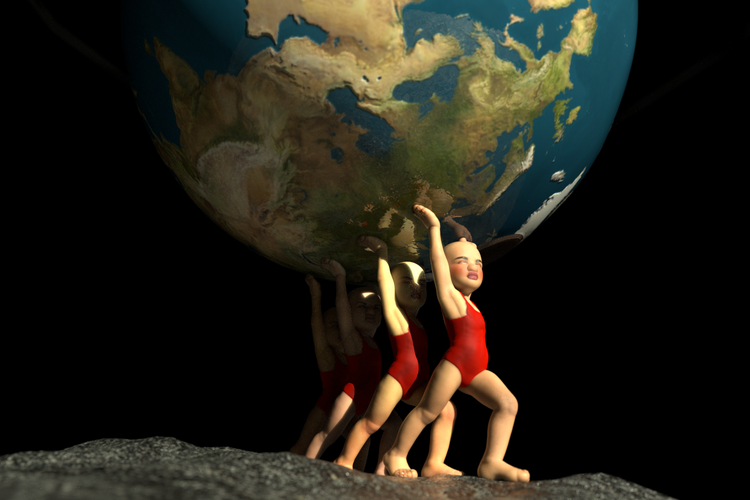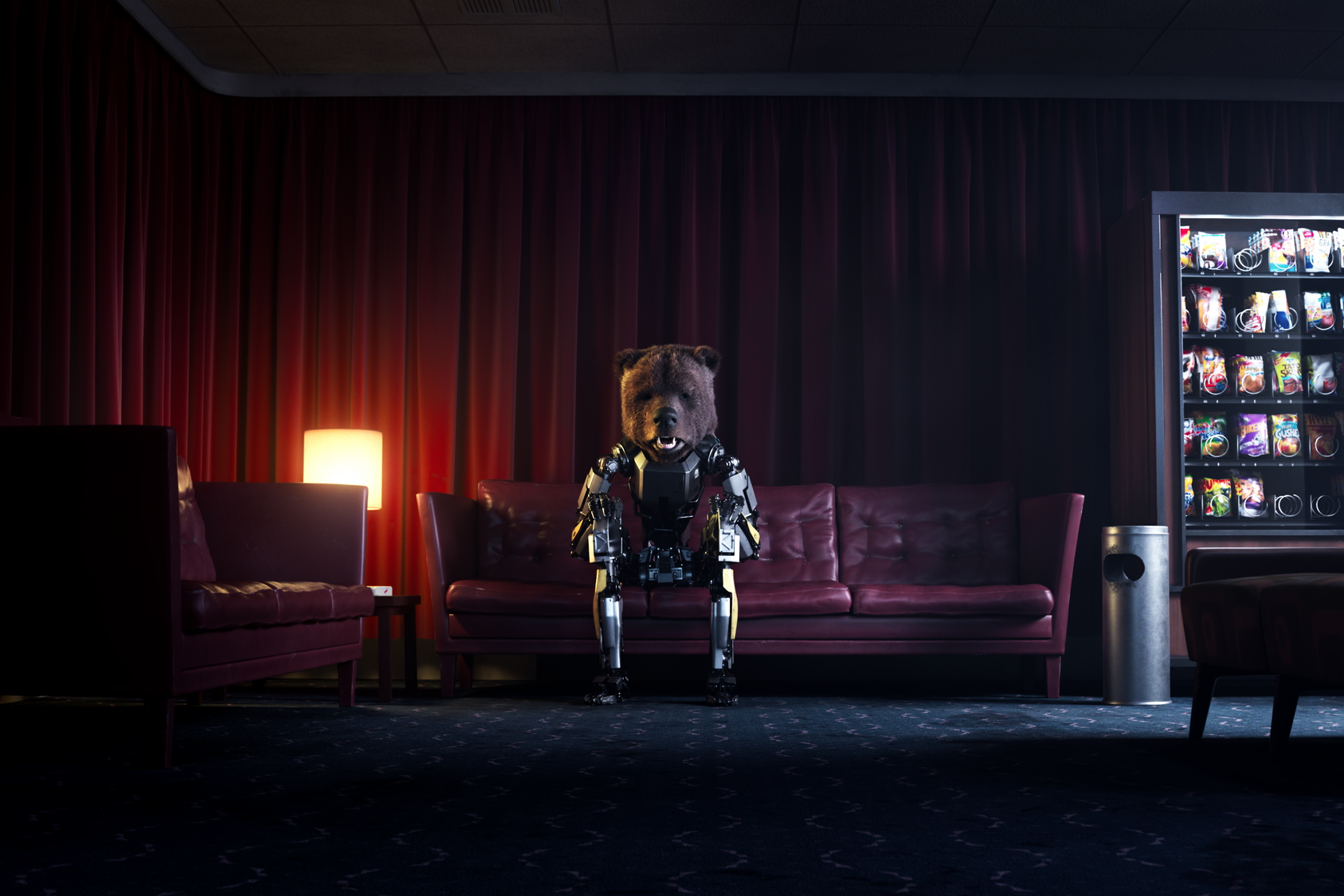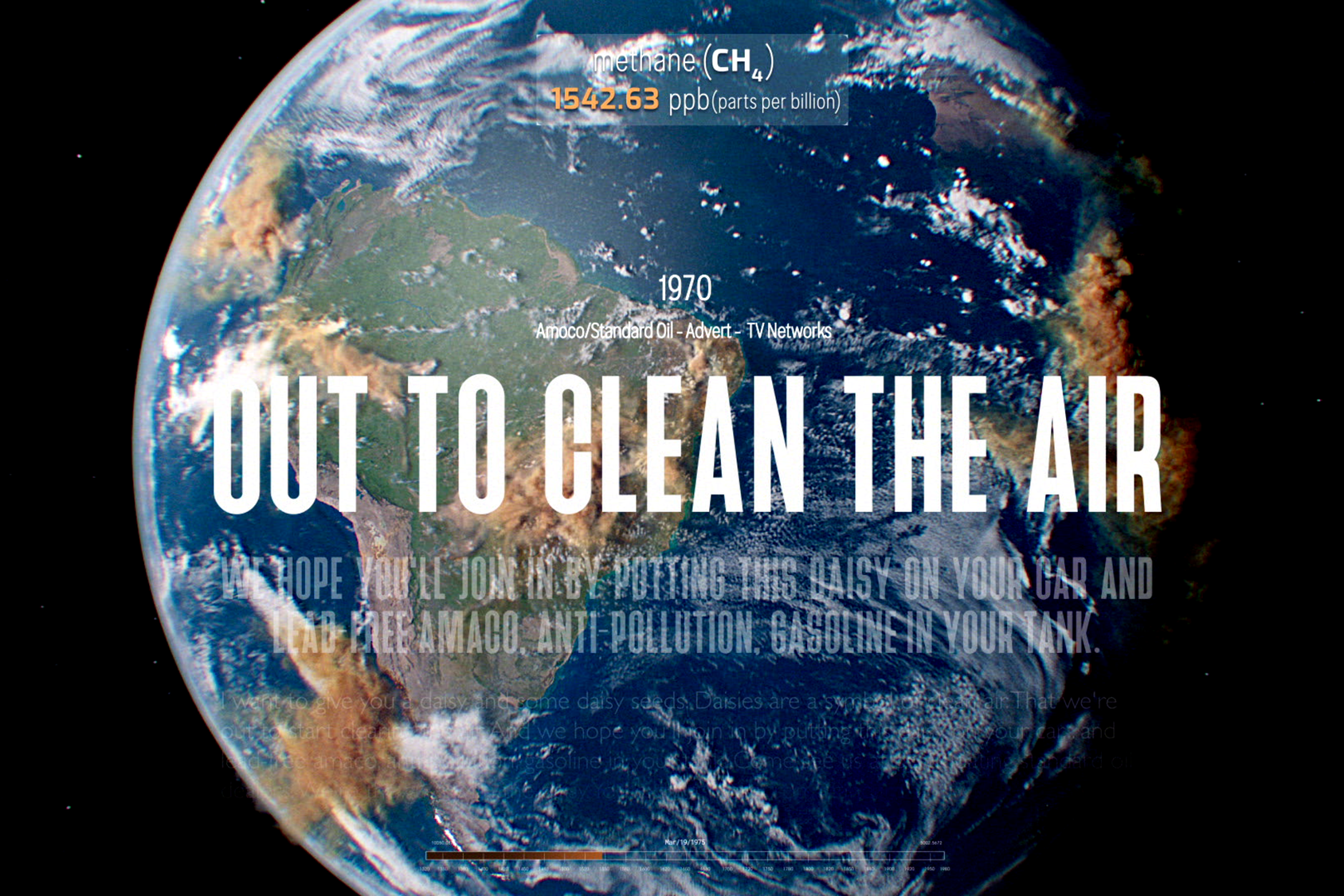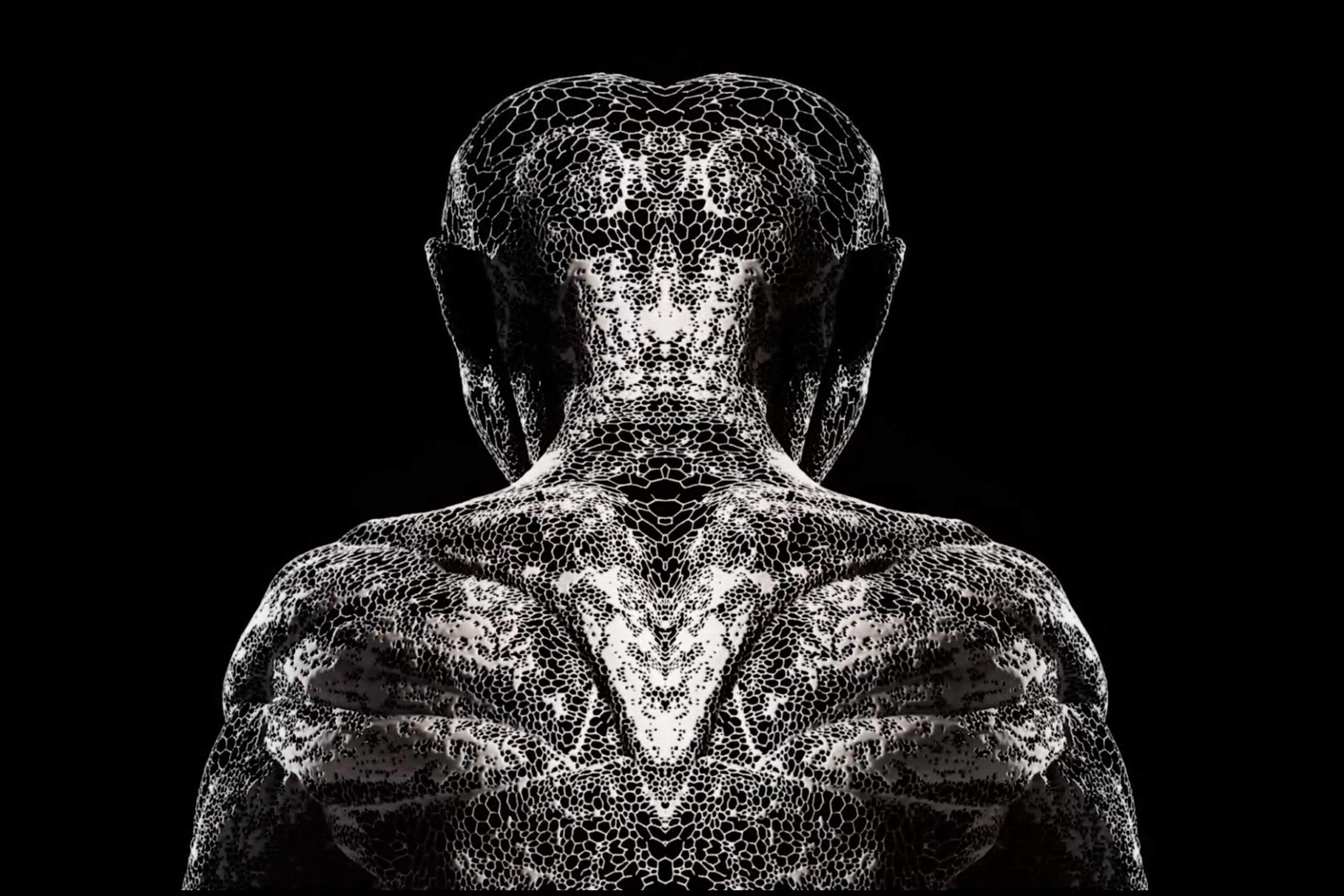The Animation Festival 2024 presents current and socially critical productions in the field of digital animation.
Like activists fighting for a fairer world, animation artists at the Ars Electronica Festival use modern technologies for self-reflection and criticize the social and technical aspects of the systems used. In 2024, the Ars Electronica Animation Festival, a collaboration between Ars Electronica and the University of Applied Sciences Upper Austria Campus Hagenberg, once again invites you to an exciting program in the field of digital animation. Curated by Juergen Hagler and Daniela Duca De Tey, several screening programs follow the overarching theme of the Ars Electronica Festival “Hope – Who Will Turn the Tide?” and aim to inspire with a selection of artistic productions at the intersection of animation, art and technology.

The “Prix Ars Electronica Best of” program is made up of submissions from the Prix Ars Electronica 2024, whose Computer Animation category was expanded last year to include New Animation Art. This now encompasses a broad spectrum of techniques and technologies, which is reflected in the works presented. First and foremost, Golden Nica winner “Smoke and Mirrors” by Beatie Wolfe illustrates rising methane levels with historical advertising slogans against the climate policy of oil companies in a mixture of music video and scientific visualizations. Facts about global warming are combined with ideological positions that deny it, raising awareness of the climate crisis. A further seven selected submissions address socio-political issues such as data surveillance, the invisible human labour involved in training AI systems, the diminishing credibility of images and the commercialization of transnational education.

The program “H-O-P-E” expands and interprets the festival theme “Hope – Who will turn the tide”, based on four related concepts, H for Healing, O for Otherness, P for Paradox and E for Entanglement.

As part of “AI & Human”, the growing influence of artificial intelligence on animation art will be examined. With a record number of AI-related submissions, this year’s selection explores the social, ethical and identity-related impact of AI. Among the works presented are “The Oasis I deserve”, an animated documentary about dating with an AI chatbot, and “AI Day”, an AI-generated digital tapestry that pays tribute to women in influential creative positions.

“Data and Science Visualizations” is a programme that seeks to use animation to make complex scientific concepts accessible to a wide audience through visual representation. You can see a visualization of the orbits of stars around a black hole in “A Journey to the Center of the Milky Way: Stellar Orbits around Its Central Black Hole” and a representation of the development of DNA replication or global warming in “DNA Replication of the lagging strand”. These and other projects provide information about phenomena that are too slow (climate change) or too fast (DNA replication), or simply too complex, to be perceived.

This selection is complemented by guest programs from ISEA and SIGGRAPH. Ars Electronica is also collaborating with the Runway AI Film Festival to present various approaches and styles in the field of AI-driven filmmaking.

For the first time, the comprehensive selection of the Ars Electronica Animation Festival 2024 is on display in the MEDSpace on the medical campus of the Johannes Kepler University Linz. Realized by the Ars Electronica Futurelab, it offers an immersive 4k experience with a 14 x 7 m projection surface. Several screenings will be followed by moderated talks with the artists, giving the audience an insight into the creative process behind the animations. These include Nicolas Gourault (FR), Jeremy Kamal (US), Ethel Lilienfeld (FR), Rachel Maclean (GB), Celine Pham (AT) and Verena Repar (AT).

Last but not least, the Expanded Animation Event, which has already provided a stage for numerous artists, curators, cultural professionals and scientists in the past 11 years, will once again take place alongside the festival. With the 12th edition, the symposium will become a conference. “Expanded 2024 – Conference on Animation and Interactive Art” focuses on academic works in the field of animation and interactive art that combine art with technology through audiovisual projects. In addition to these lectures, there will be three panel discussions with renowned artists and experts, including filmmaker Irina Rubina, game studio Slow Bros, Paul Clarke from uninvited guests, Prix Ars Electronica Honorary Mentions Rachel Maclean and Nicolas Gourault, Golden Nica winner Paul Trillo, Jan Pinkava and Bonnie Mitchell.
Furthermore, for the first time an exhibition entitled “Expanded Play” at Atelierhaus Salzamt will showcase works by students from the University of Applied Sciences Upper Austria Campus Hagenberg and the Department of Visual Computing at Masaryk University. The exhibits deal with “mixed reality” and “spatial interaction” in the field of playful media – from VR reading corners to installations such as “Förglets”, in which the user’s body serves as a controller.
With its experimental approach, the Ars Electronica Animation Festival not only celebrates animation, but also demonstrates approaches for action. By exploring the theme of hope through diverse and innovative works, the various projects challenge us to imagine a better future and to rethink our role in shaping it.
The Animation Festival takes place from 4 to 8 September as part of the Ars Electronica Festival 2024. Tickets are available here.
